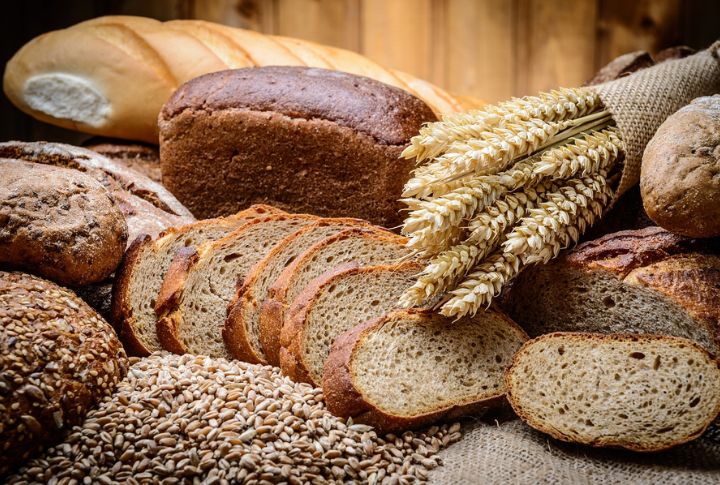
Have you ever opened your fridge and wondered if anything inside is okay to eat? You’re not alone. Some foods thrive in the cold, sure, but others? They quietly suffer, losing flavor and texture while you go about your day. Here are 20 things that don’t stay fresh even inside the fridge.
Tomatoes
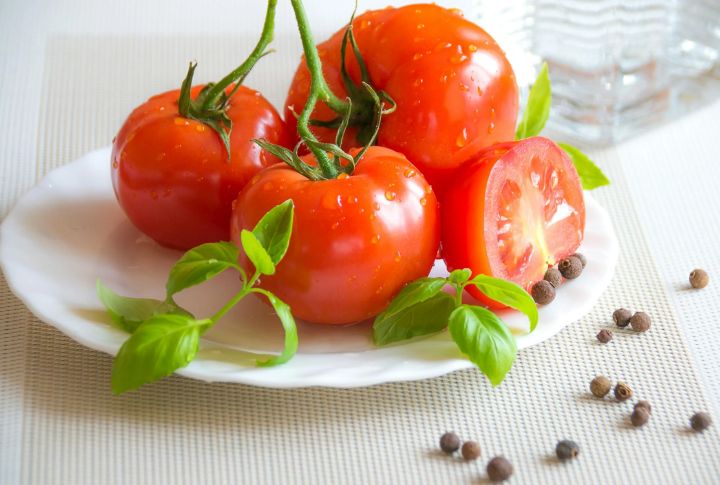
Refrigerate a tomato, and you rob it of its soul. Below 55°F, it halts ripening and turns into a sad, watery shadow of itself. If you want that juicy, sun-kissed sweetness, keep tomatoes on the counter, stem-side down, where they can live their best life.
Potatoes
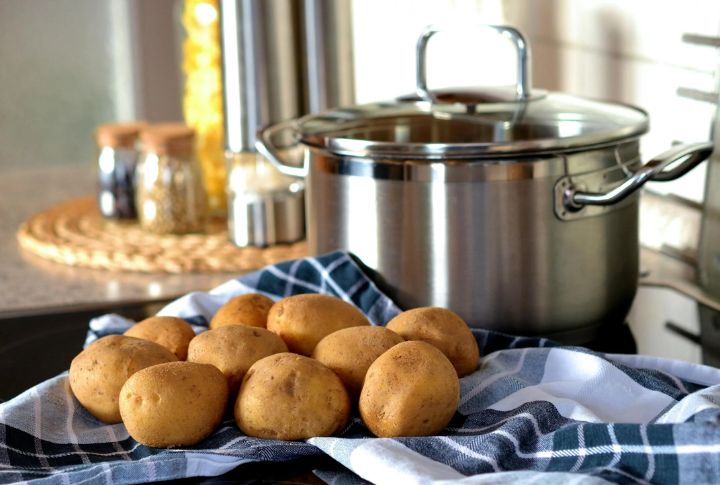
Imagine slicing it into a spud, roasting it golden, and biting it into dessert. That’s what happens when cold turns starch into sugar. The fridge plays tricks on your tubers. Instead, tuck them into a cool, dry corner like boomers did. They knew the flavor started underground.
Onions

The first mistake is tossing whole onions into the fridge. As moisture builds, layers soften, and rot sets in fast. Within days, they sprout and lose that sharp, savory edge. Because onions prefer cool, dry conditions, around 55°F, you’ll get far more life from them in a dark pantry than a damp fridge drawer.
Garlic
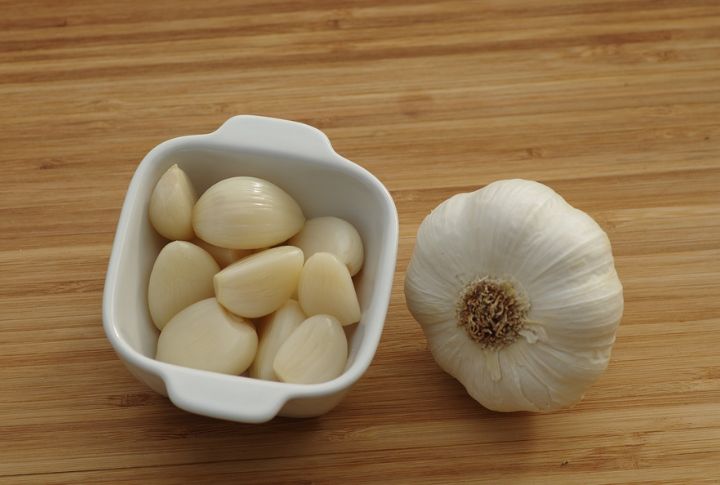
When you feel tempted to toss garlic in the fridge, don’t. That chilly box turns your bold, fiery cloves into bitter, sprouting duds faster than you can say “vampire repellent.” The cold wakes them up too early and floods them with fridge funk.
Bread
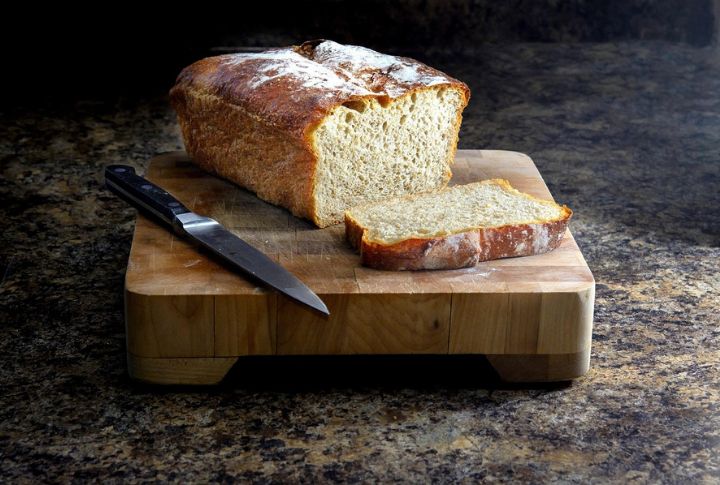
Refrigerated bread stales six times faster than at room temperature. Why? Starch retrogradation speeds up in the cold, hardening the crumb. Store loaves in a breadbox or freeze them sliced. Want soft slices that don’t chew like cardboard? Keep the fridge out of it.
Honey

When you shove honey into the fridge, it throws a fit, literally. Glucose separates, and that smooth golden pour turns into a gritty mess. Below 50°F, honey loses its silky flow. And here’s the kicker: ancient Egyptians sealed honey in tombs, and it’s still good 3,000 years later.
Coffee
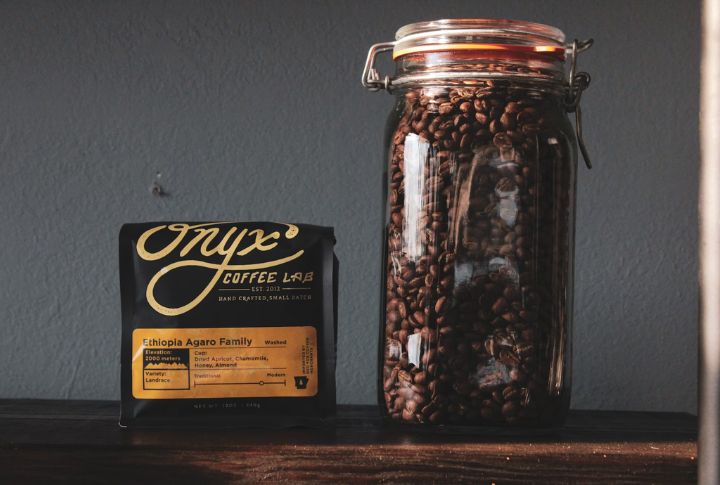
Fridges are moisture traps, and coffee beans are sponges. As a result, they soak up odors and humidity, degrading the oils that give flavor. That’s why you should use airtight containers in a cabinet instead. So skip the cold storage unless you enjoy stale, flavorless sips, which is a bitter brew.
Basil
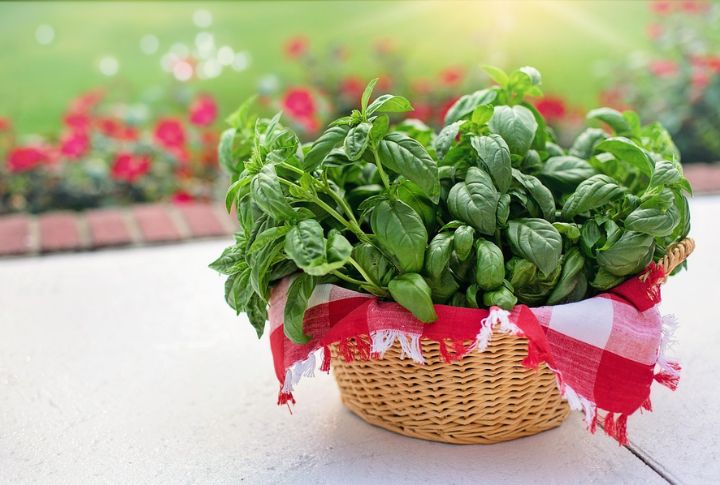
Because this tender herb hails from tropical climates, it bruises easily and wilts rapidly in the fridge. When the cold hits, its delicate leaves lose their vibrancy and turn limp. More importantly, chilling doesn’t just affect texture; it destroys linalool and eugenol.
Avocados

Under-ripe avocados halt ripening at fridge temperatures, never reaching that buttery sweet spot. If you toss one in the cold too soon, it just sits there, hard and flavorless. Let it ripen on the counter, where it knows what to do. Once soft, a quick chill buys time.
Bananas
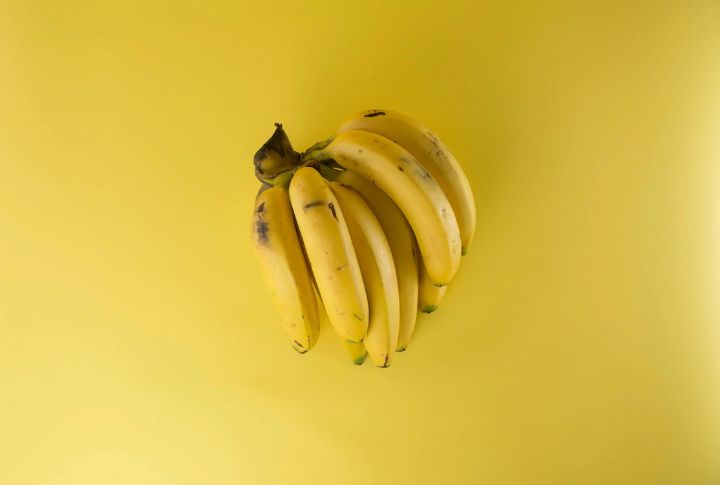
Have you ever wondered why your bananas go from yellow to sad and spotty overnight in the fridge? Those brown peels aren’t just ugly; they’re stressed out. Below 57°F, cold damages banana skin cells, causing discoloration and uneven ripening.
Olive Oil
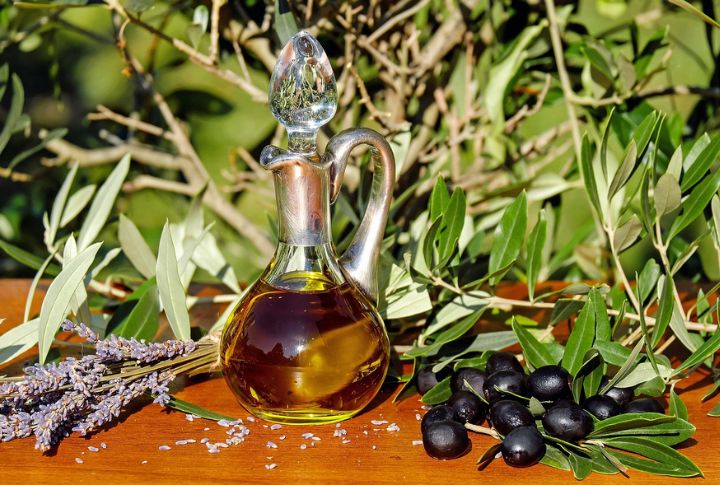
Cloudy? Thick? That’s olive oil reacting to fridge temps. It solidifies below 45°F, forming waxy clumps and messing with texture and pour. Quality oils belong in cool, dark pantries, not chilling with your leftovers. Want a quick test? Real extra virgin olive oil always thickens when cold.
Melons

Do you think your whole melon belongs in the fridge? Not quite. Chilling cantaloupe, watermelon, or honeydew before slicing drains antioxidants like beta-carotene and dulls their sweetness. The Food Network says room temperature keeps flavor and nutrients intact. Once cut, yes—seal and chill
Chocolate
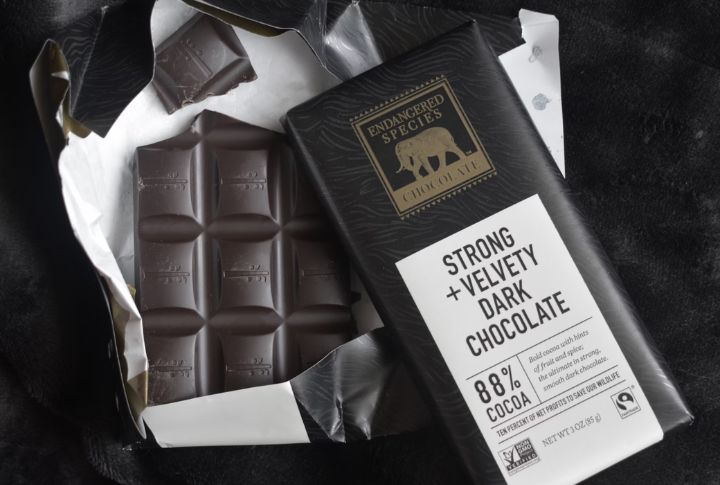
Storing chocolate in the fridge is very common, but that habit comes at a cost. Temperature shifts trigger fat bloom, those pale streaks that make it look dusty. While harmless, they ruin the texture. Cold also dulls cocoa’s aroma. Therefore, store it cool and dry for velvet-smooth bliss.
Cucumbers

Stashing cucumbers in the fridge seems harmless until they turn watery and pitted within two days. Packed with moisture and sensitive to cold, they suffer chilling injury below 50°F. Their sweet spot? Around 50°F–55°F, far from ethylene-heavy fruits like bananas.
Eggplants
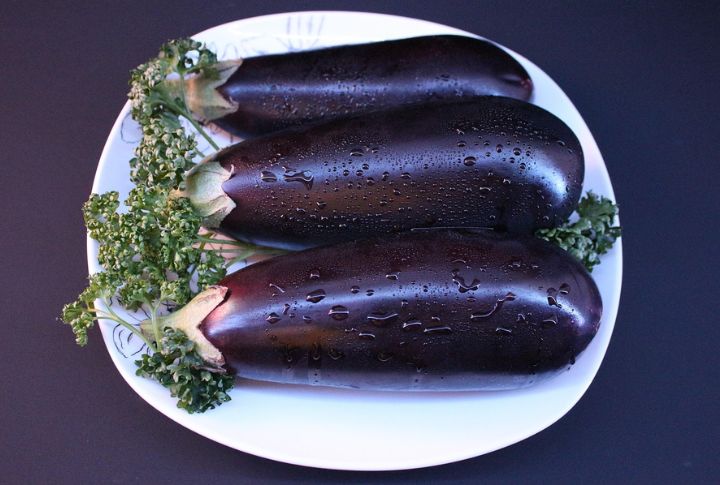
Did you know that eggplants are bruised and brown on the inside without a single bump? This happens when they’re stored below 50°F, a condition called chilling injury. Farm Progress reports that this can start in 6 to 3 days. Their shiny skin won’t show it, but they’re falling apart inside.
Peaches
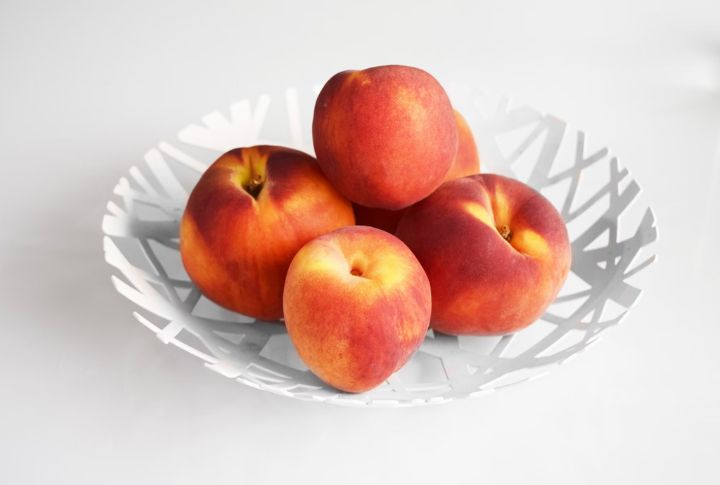
Unripe peaches turn mealy and miss their moment when chilled too soon. That’s because cold temperatures interrupt ethylene production, the gas responsible for softening flesh and building sweetness. Once ripened, a short fridge stay is okay. But until then, let them bask in a paper bag and breathe.
Pineapples
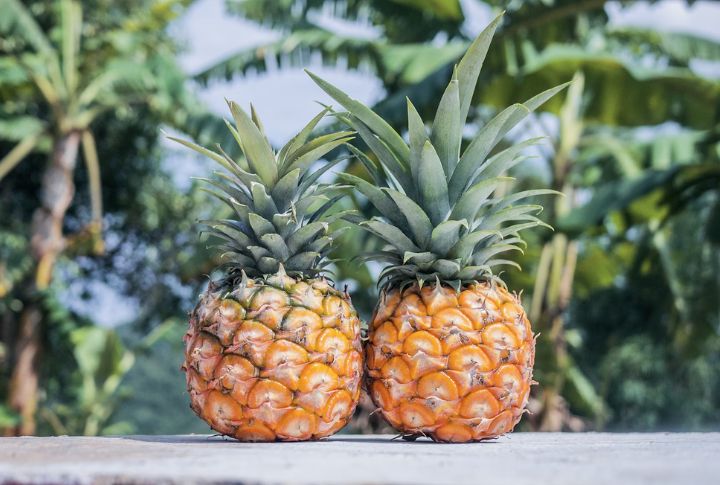
The thing about pineapples is that they don’t ripen once picked, but they do get sweeter. At room temperature, natural sugars concentrate slightly, boosting flavor. Chill them too soon, and enzyme activity slows, leaving you with bland bites. Whole pineapples love the counter. Once cut? Then, the fridge earns its place.
Pumpkins
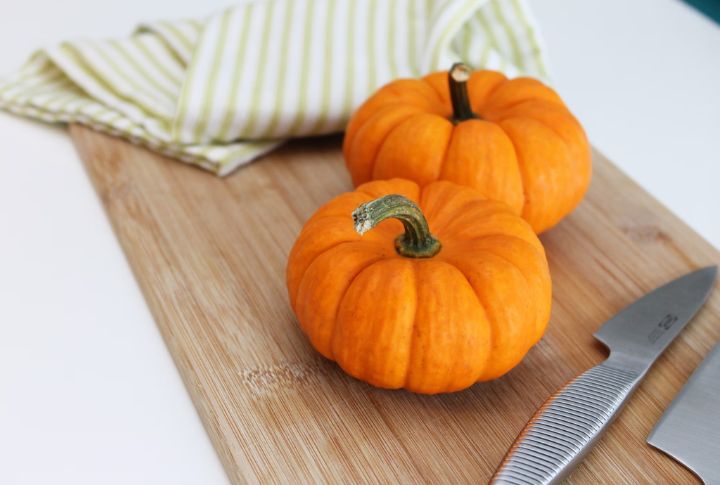
Pumpkins hate the cold; it draws condensation to their skin, softening the rind and inviting mold to move in. When stored right, they can last 8 to 12 weeks in a dry spot around 50–55°F. Farmers use barns, not fridges, because of this. So, don’t turn your squash into soup early.
Kiwis

Let it mellow on the counter first, then chill if you must. Otherwise, you’re locking ripeness in the deep freeze. Before softening, kiwis and cold don’t get along. Because they rely on ethylene to ripen, refrigeration halts the process, leaving you with a fruit that’s firm, tart, and stuck.
Apples
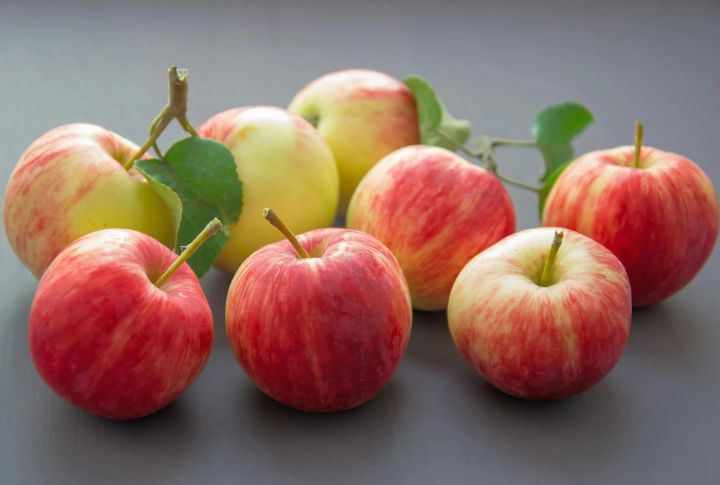
Apples emit ethylene and keep ripening at room temperature, especially heritage varieties like McIntosh or Cortland. While the fridge slows this down, it dries them out, shriveling skins and softening their once-snappy bite. If you want them crisp and full of character, think cellar, not refrigerator.
Leave a comment